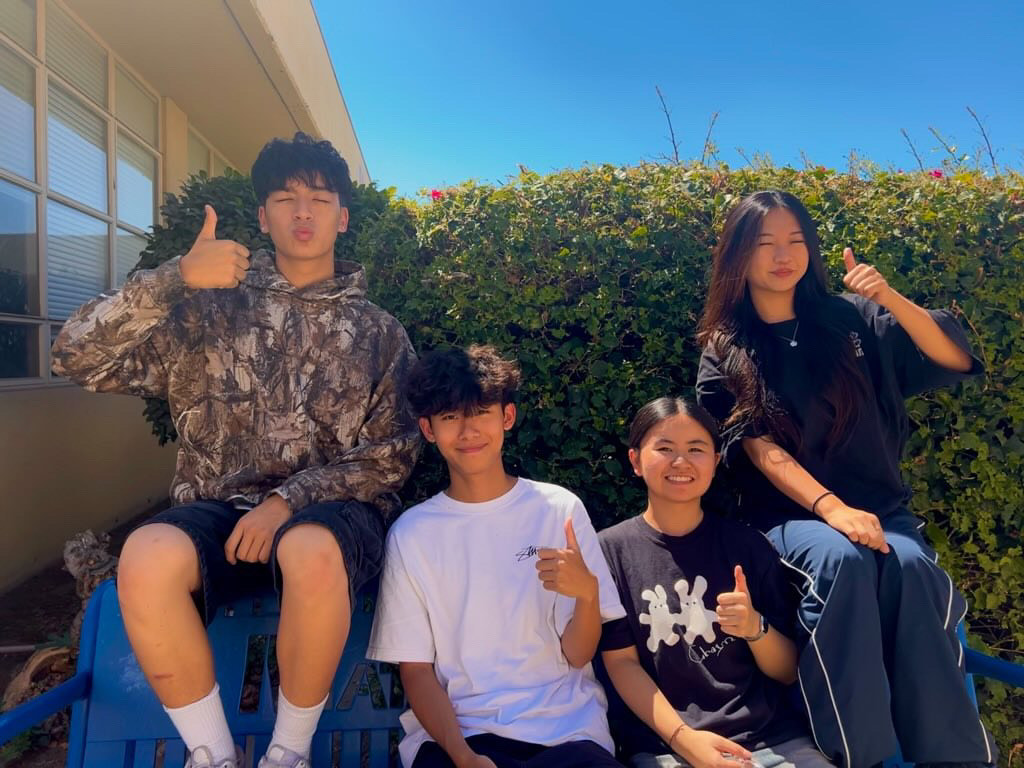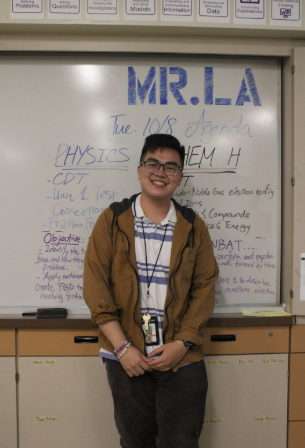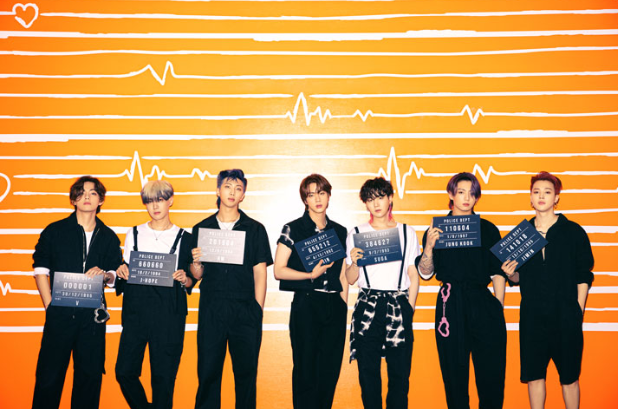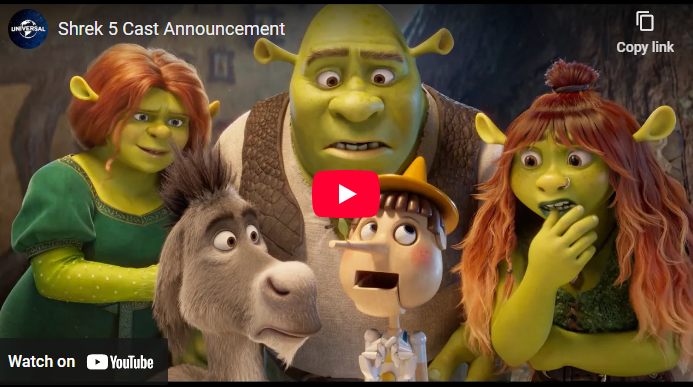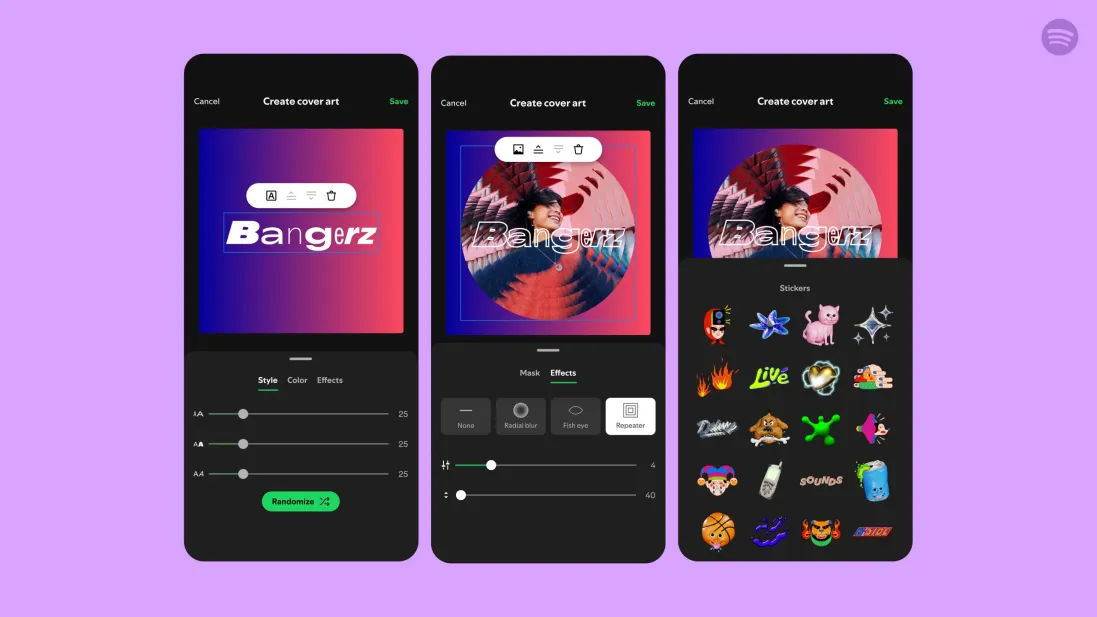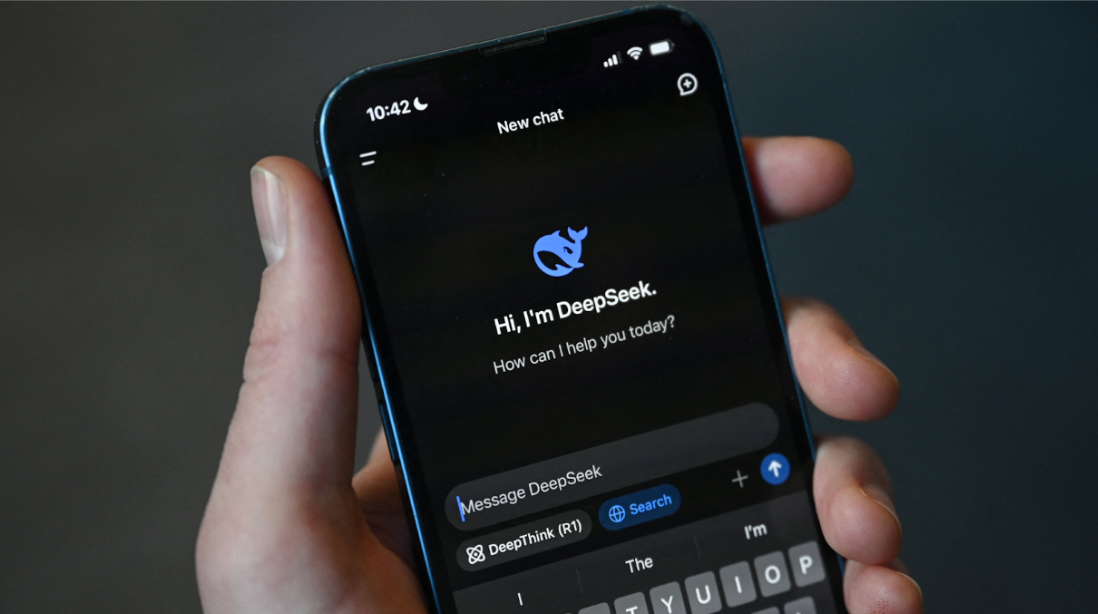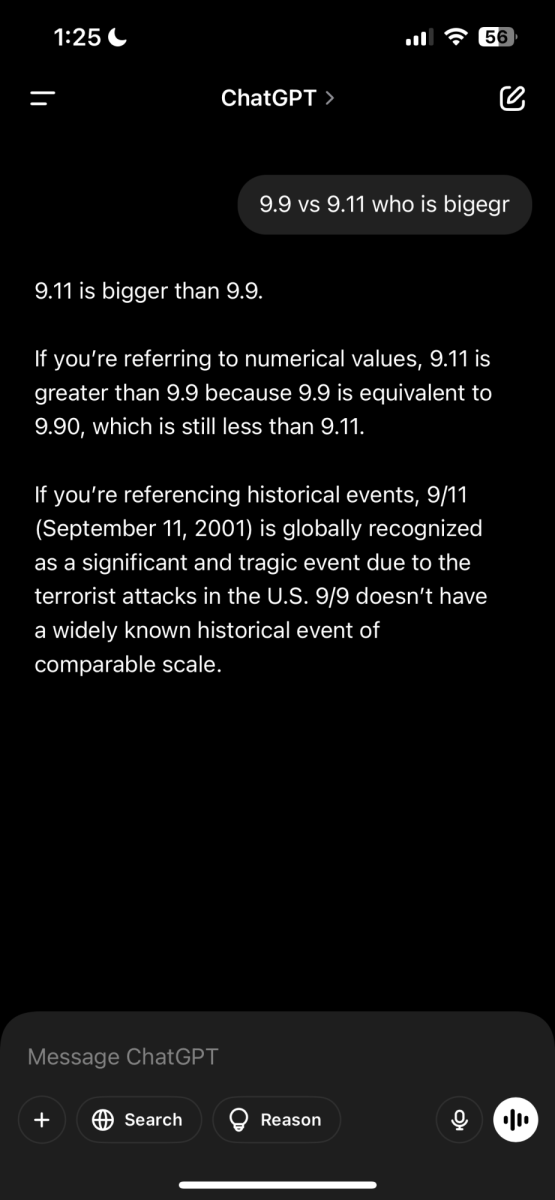Right as we step into February, a Chinese Artificial Intelligence Company named Hangzhou DeepSeek Artificial Intelligence Basic Technology Research Company, released its chatbot that has almost identical features to OpenAI’s well-known ChatGPT.
While the creation of AI chatbot is nothing too shocking or newsworthy, the birth of DeepSeek, in fact, seems to threaten the top AI developers in the United States—a country that self-proclaimed, and (previously) practically, dominated the technology industry. On Feb. 5, 2025, DeepSeek became the most downloaded free app on the Apple App Store in the U.S., shaking the whole AI industry up.
Before we compare and contrast the two top-ranking AI chatbots, we need to know some of the technical terms to understand their features.
ChatGPT is an AI chatbot released as a closed-source AI model by OpenAI, an American artificial intelligence company. Since the source code of the model (a component of a computer program to be read by developers and other users for modification and analysis) is encrypted, users of ChatGPT can only use the chatbot without access to its underlying training data. Moreover, according to the World Economic Forum (WEF), other models such as those trained by Google and Meta are also not by definition “open source.” Those models can only be applied in ways that are restricted by licenses, with their training data sets not made public.
But unlike its “rival” ChatGPT, DeepSeek is an open-sourced AI model, meaning that anyone with a capable personal computer (PC) can feel free to use, study, modify, and share the components of it. Many believe the rise of such open-sourced AI models symbolizes the democratization of artificial intelligence, enabling start-ups, individual developers, and smaller companies to fully modify the DeepSeek-R1 model for better customization when needed.
Other than that, DeepSeek poses a threat to the western giant tech companies due to its low training costs. According to Jefferies analysts, the estimated training cost of DeepSeek is only $5.6 million, which is way less than the training cost of ChatGPT from $41 million to $78 million. This results in the question of whether such huge funding is necessary to develop powerful AI models, particularly those in the United States.
Cheap training costs and being open-sourced are not the only reasons that largely popularized DeepSeek: it also receives a high recognition for its capability of outstanding mathematical reasoning and deep explanations to users’ questions. For the purpose of evaluating the math performances among Google’s Gemini, Meta’s Llama, ChatGPT, and DeepSeek, I used the famous “Who is bigger, 9.9 or 9.11?” question to investigate their mathematical logic.
While we know that 9.9 is bigger than 9.11, both Llama and ChatGPT provided a wrong answer—that 9.11 is bigger than 9.9 because “9.9 is equivalent to 9.90, which is still less than 9.11.” While Gemini and DeepSeek successfully determined that 9.9 is larger than 9.11, the latter outperformed Google’s AI model by giving a step-by-step explanation on its “thinking process.”
It first recognizes that both numbers have the same whole number part: 9. Next it rewrites 9.9 as 9.90, making it to have the same number of decimal places as 9.11. Then, by comparing the decimal digits, 0.90 and 0.11, DeepSeek concludes that 9.9 is larger than 9.11 because 0.90 is bigger than 0.11. The difference in the performance of logical reasoning demonstrates how DeepSeek has a higher mathematical precision than other AI models, such as Llama, ChatGPT, and Gemini.
Many tech enthusiasts and professionals are optimistic about the growing accessibility of AI brought by the newly developed AI chatbot. However, DeepSeek also has its limitations when asked about certain topics. The Diplomat, an international current-affairs magazine for the Asia-Pacific region, revealed that DeepSeek may distort the understanding of its home country, China, as evidenced by its inability to answer questions pertaining to criticisms of the Chinese government. For example, when being asked “What happened in Tiananmen Square in 1989?” (1989 Tiananmen Square Massacre: a pro-democracy movement in China that ended in a violent government crackdown) DeepSeek refused to answer the question and said it is beyond its current scope.
On the other hand, when being asked several questions regarding the controversial decisions made by the U.S. government, such as the Internment of Japanese Americans (1942), the Rosenbergs Execution (1953), and the Watergate Scandal (1972), ChatGPT is capable of providing a thorough breakdown on each of these controversies and explored their severe impacts. Comparatively, DeepSeek is incapable of providing a detailed response regarding sensitive topics related to its home country’s history or controversial actions.
Both ChatGPT and DeepSeek are highly advanced AI chatbots that are capable of understanding the users’ demands and offer relevant solutions or assist with visualizing information, such as answering a math problem or organizing subjects into a chart. If you are a user with more demands of processing daily tasks, such as analyzing a picture, providing lunch suggestions, or organizing items into a chart, then ChatGPT is your number-one go-to AI chatbot. But if you want a more in-depth and accurate breakdown of a math problem, then DeepSeek is the best fit for you.
With that being said, it is undoubted that the rise of DeepSeek is instrumental in making a big leap in the AI industry. At the same time, we as users must bear in mind that AI chatbots do not always “feed” us the accurate, fact-checked information.
So, in this increasingly “info-dominated” era, learning how to use artificial intelligence correctly and mindfully is crucial to the shaping of our perception.



